In this article:
Everyone’s had a bad hair day but have you ever noticed that your hair looks lighter, feels dry, and is breaking or knotting more? If so, there's a good chance that your hair could have split ends. These occur when the ends of your hair become frayed, split, or damaged due to several factors such as heat styling, chemical treatments, and environmental stressors.
So, let's explore what split ends are, the impact they can have on your hair health, and most importantly, how to prevent and treat them. We'll delve into the science behind split ends, and provide you with some useful tips to help you achieve a healthy, luscious mane of hair.
Whether you're a hair care enthusiast or simply looking for ways to keep your hair healthy and shiny, we hope to provide you with all the information you need to know about split ends. So, let's dive in and learn about how to keep your hair looking and feeling its best!
What causes split ends?
The structure of our hair is made up of three main layers: the cuticle, cortex, and medulla. The cuticle is the outermost layer of the hair, it is composed of keratin and up close this looks like scales or plates, this acts as a protective shield. The cortex is the middle layer and is responsible for the hair's strength, colour, and texture. Lastly the medulla is the innermost layer and is composed of soft keratin cells.
So what are split ends? Are split ends bad? To answer briefly split ends are a sign our hair is under a lot of stress and despite the hair's natural protective layer, there are several factors that can cause split ends. The most common causes of split ends are mechanical damage, chemical damage, and environmental damage.
Mechanical Damage:
Mechanical damage occurs when the hair is exposed to physical stress. This includes brushing, combing, towel-drying, and using hot styling tools such as flat irons or curling irons. Over time, this can weaken the hair's cuticle, leading to split ends.
To minimize mechanical damage, it's important to use gentle hair care techniques. Use a wide-tooth comb to detangle your hair, and avoid brushing or combing when your hair is wet. When towel-drying, gently squeeze the excess water from your hair instead of rubbing it vigorously with a towel. Additionally, using heat protectant products before using hot styling tools can help to reduce damage.
Chemical Damage:
Chemical damage occurs when the hair is exposed to harsh chemicals, such as those found in hair dyes, bleaches, relaxers, and perms. These chemicals can break down the hair's structure, leading to weakened and damaged hair that is prone to split ends.
With chemical damage, it's important to limit the use of these harsh chemicals as much as possible. If you must use them, make sure to follow the instructions carefully, and avoid overlapping treatments. Using hair care products that are specifically designed for chemically treated hair can help to prevent further damage to your hair that would cause split ends.
Environmental Damage:
Environmental damage occurs when the hair is exposed to environmental stressors such as sun, cold, arid air, hard water and pollution. These stressors can cause the hair to become dry, brittle, and damaged, leading to split ends.
To minimize environmental damage, it's important to protect your hair from these stressors. Using hair care products that contain UV filters and moisturizers can help to mitigate some of the environmental damage caused from these conditions while helping to create a base layer of protection. Additionally, using a deep conditioning treatment once a week can help to restore moisture and prevent split ends.
By understanding the causes of split ends, you can now take the proper steps to identify and prevent them!

How to identify split ends?
The physical signs of split ends are easy to spot, some common things to notice are:
Frayed or Split Ends: The ends or tips of your hair may look frayed, meaning the individual strands of hair have separated from each other. This can make the ends of your hair look wispy or thin, and cause knots or tangles.
White, greying, or lightened appearance: Split ends may also have a white, greying or translucent appearance, which can make the hair look lighter in appearance at the tips. This is because the outer layer of the hair cuticle has worn away, leaving the inner layers exposed.
Dry and Brittle Hair: Split ends can cause your hair to look and feel dry and brittle. This is because when the cuticle is damaged, the inner layers of the hair are exposed to the elements, which can cause them to become dehydrated and weak leaving a thin, wiry appearance.
Lack of Shine: Split ends can also cause your hair to lack shine, as the damaged cuticle becomes more dried out and wiry it is unable to reflect light as effectively.
If you're not sure whether you have split ends, you can also identify them by touch. Run your fingers down the length of your hair, paying close attention to the ends. If you feel any rough or uneven spots, this could be a sign of split ends
Here are some things to look out for:
-
Rough or Uneven Spots: If you feel any rough or uneven spots, this could be a sign of split ends. Split ends can make the ends of your hair feel texturally different from the healthy areas of hair.
-
Tangled or Knotted Hair: Split ends can also cause your hair to become tangled or knotted more easily. The damaged ends of your hair can actually catch on other strands, causing them to tangle and knot.
- Hair Breakage: Split ends weaken your hair, making it more prone to breakage. If you notice small pieces of hair breaking off when you run your fingers through it, this could be a sign of split ends.
What are treatments for split ends?
Once you've identified that you have split ends, it's important to take action to treat them. Here are some common treatments that can help:
-
Trim Your Hair: The most effective way to get rid of split ends is to trim them off. Depending on the severity of your split ends, you may need to cut off just a small amount or several inches. It's best to have your hair trimmed by a professional stylist who can ensure that the cut is even and that the split ends are removed.
-
Use Hair Masks: Hair masks are deep conditioning treatments that can help repair damage and nourish your hair. Look for masks that contain ingredients such as keratin, argan oil, or shea butter, which can help strengthen and hydrate your hair. Apply the mask to your hair once a week, leave it on for the recommended time, and then rinse it out thoroughly.
-
Use a Hair Oil: Hair oils can be an effective way to treat split ends, as they can help hydrate and nourish your hair. Look for oils that contain ingredients such as safflower oil, jojoba oil, coconut oil, or triglycerides which can help strengthen and moisturize your hair. Apply a small amount of oil to the ends of your hair, being careful not to apply too much, as this can weigh your hair down.
- Other Treatments: There are a variety of other treatments available that can help treat split ends, including leave-in conditioners, serums, and heat protectants. Look for products that are specifically designed for damaged hair and that contain ingredients that can help repair and protect your hair.
By incorporating these treatments into your hair care routine, you can help prevent and treat split ends, leaving your hair looking healthy and beautiful. Remember, regular trims and proper hair care can go a long way in preventing split ends from occurring in the first place, so be sure to take good care of your hair.

How do you prevent split ends?
While treating split ends can be an effective means once you have split ends we've always found that prevention is always the best course of action. If you are looking to answer why do I have so many split ends, then here are some tips for preventing them:
Use Protective Hairstyles: Certain hairstyles can put stress on your hair and lead to split ends. To prevent this, try protective styles that keep your hair out of harm's way. This can include styles like braids, twists, or buns that keep the ends of your hair tucked away.
Avoid Heat Styling Tools: Heat styling tools like straighteners, curling irons, and hair dryers can be damaging to your hair, leading to split ends and breakage. If you use tools, make sure to use them on a low heat setting and use a heat protectant product. It's also a good idea to let your hair air dry as often as possible avoiding high head blow dryers.
Use the Right Hair Care Products: Using the right hair care products can go a long way in preventing split ends. Look for shampoos and conditioners that are designed for your hair type and that contain ingredients like keratin, biotin, and proteins.Hair oils are also great to use after you dry your hair. By applying a small amount to the tips of your hair it can help keep moisture locked in which will strengthen and nourish your hair. It's also a good idea to use a weekly deep conditioning treatment to keep your hair healthy and hydrated, such as a hair mask or an oil.
Use the Right Hair Care Techniques: The way you care for your hair can also impact whether or not you develop split ends. When brushing, look to use a wide-toothed comb or a soft bristle brush, this will help to avoid pulling and tugging on your hair. It's also important to avoid towel-drying your hair too hard and vigorously as this can lead to damage and breakage. Try to take a towel and gently wring the excess water hair to get it damp dry, then allow it to air dry with a hair towel wrapped around it.
Split ends can be a frustrating problem for many people. They can make your hair look dry, brittle, and damaged, and can even lead to further hair breakage if left untreated. By understanding the causes of split ends and taking steps to prevent and treat them, you can keep your hair healthy and shiny.
Remember to regularly trim your hair to prevent split ends from worsening, and that the use of hair masks, oils and treatments can keep your hair hydrated and strong. Additionally, be mindful of the environment you are in and the way you care for your hair can help. By taking these simple steps, you can help prevent split ends and keep your hair looking its best. If you take the time to care for your hair properly, your hair will thank you for it!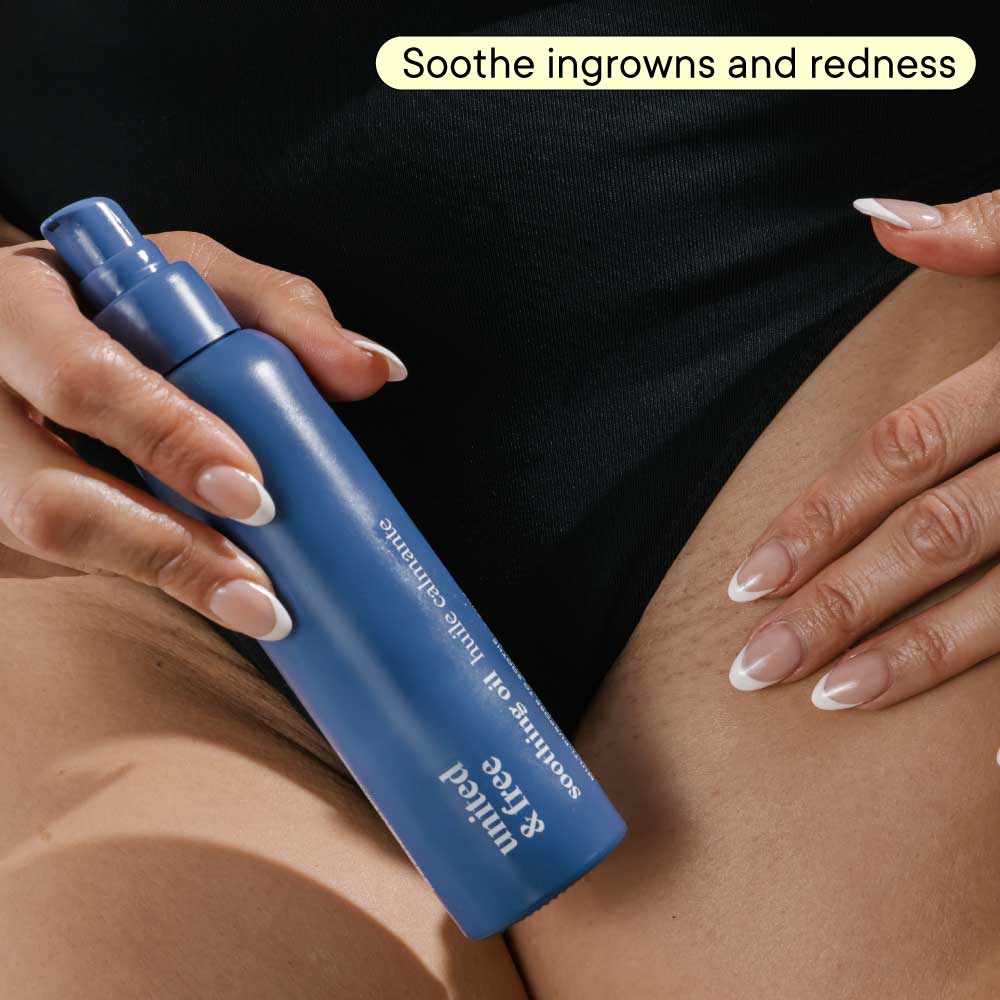
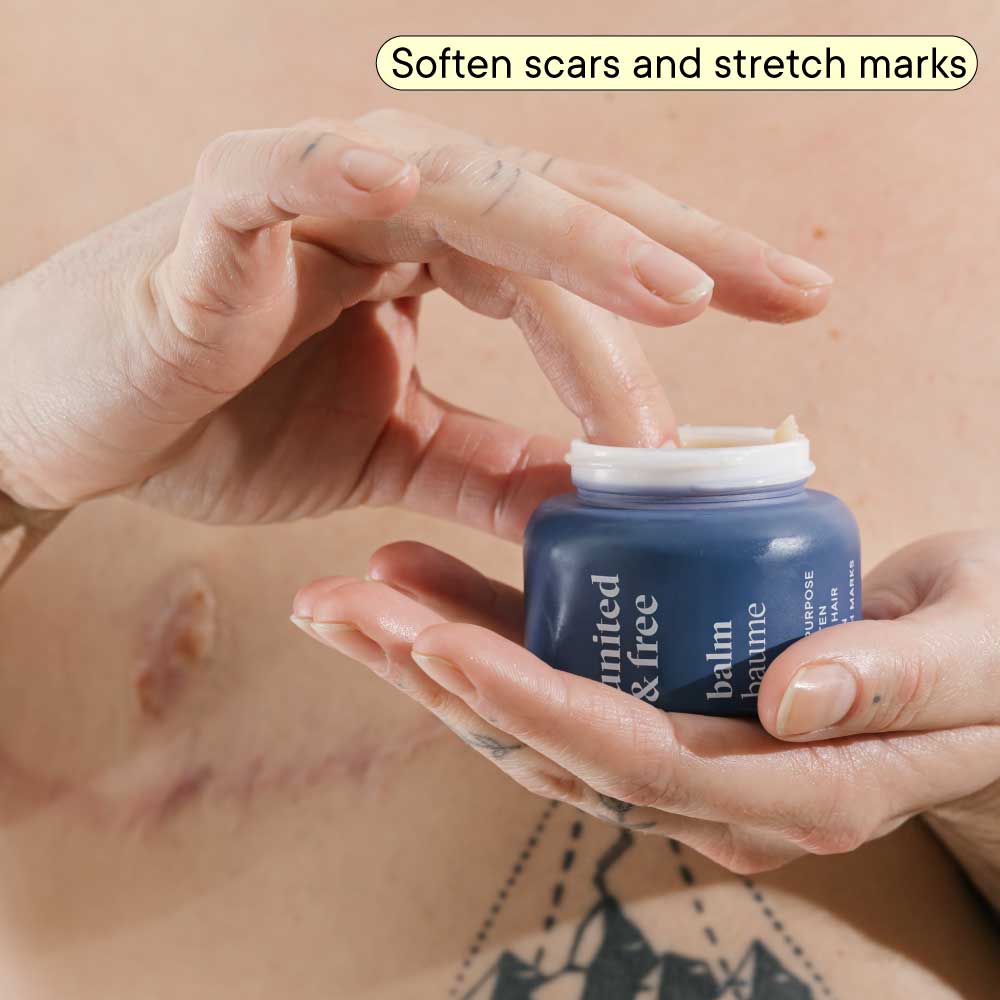
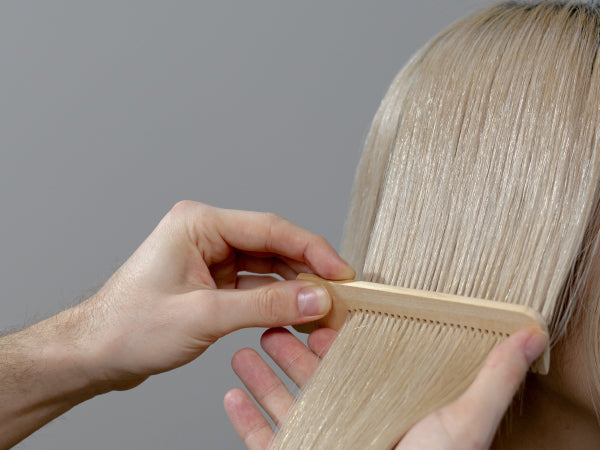
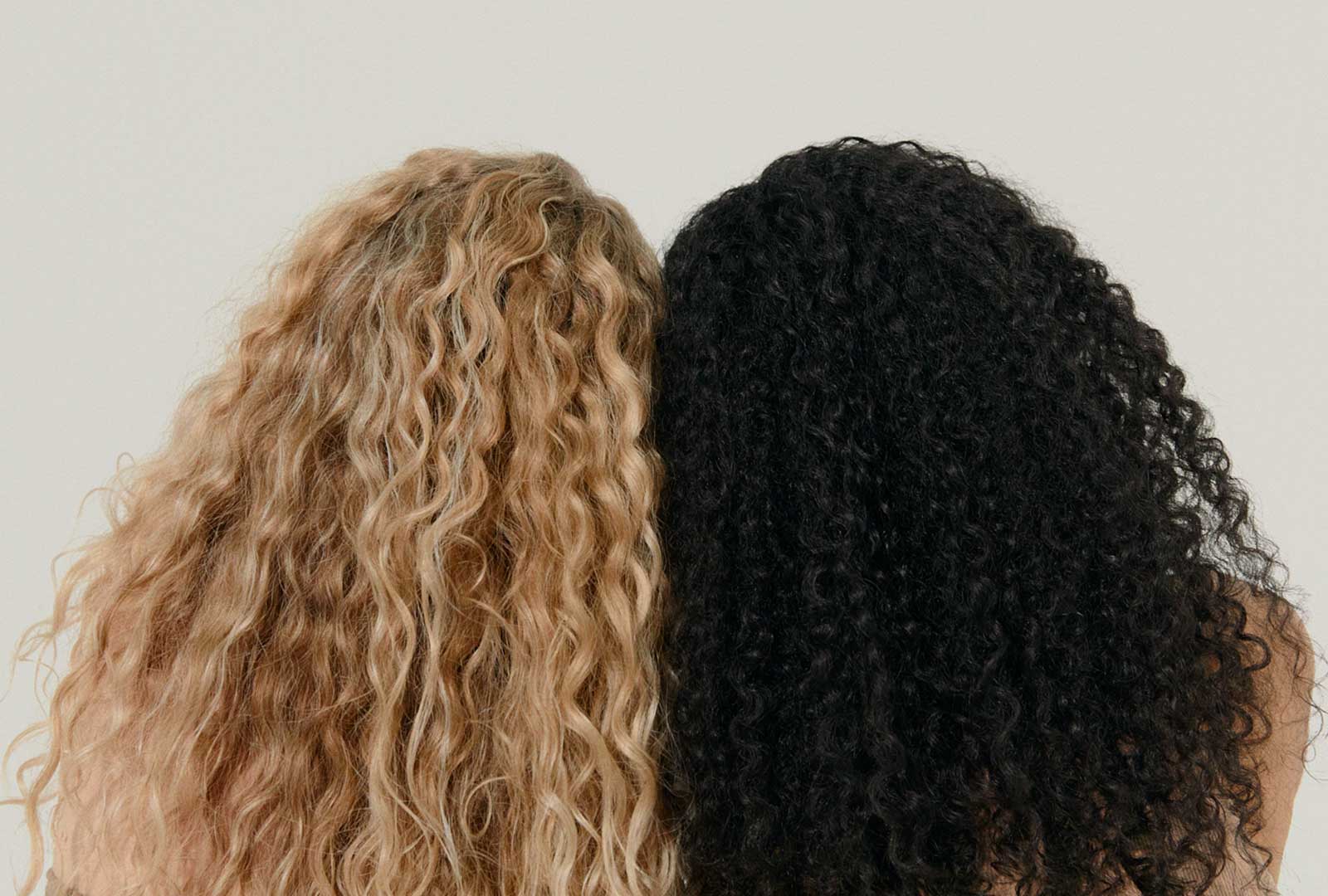
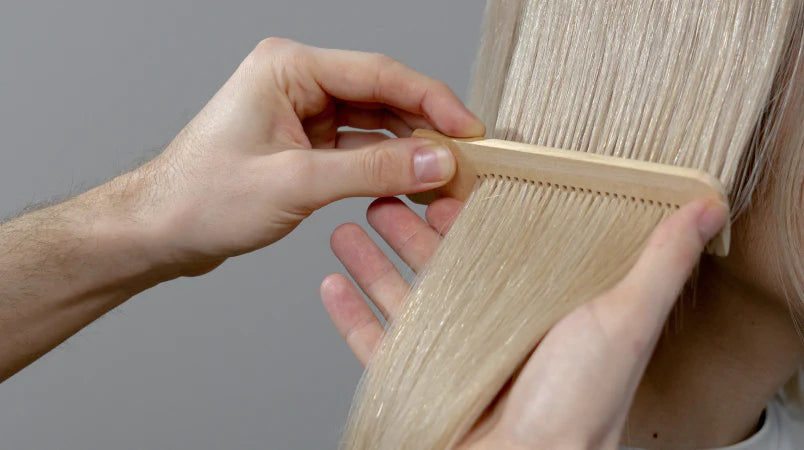
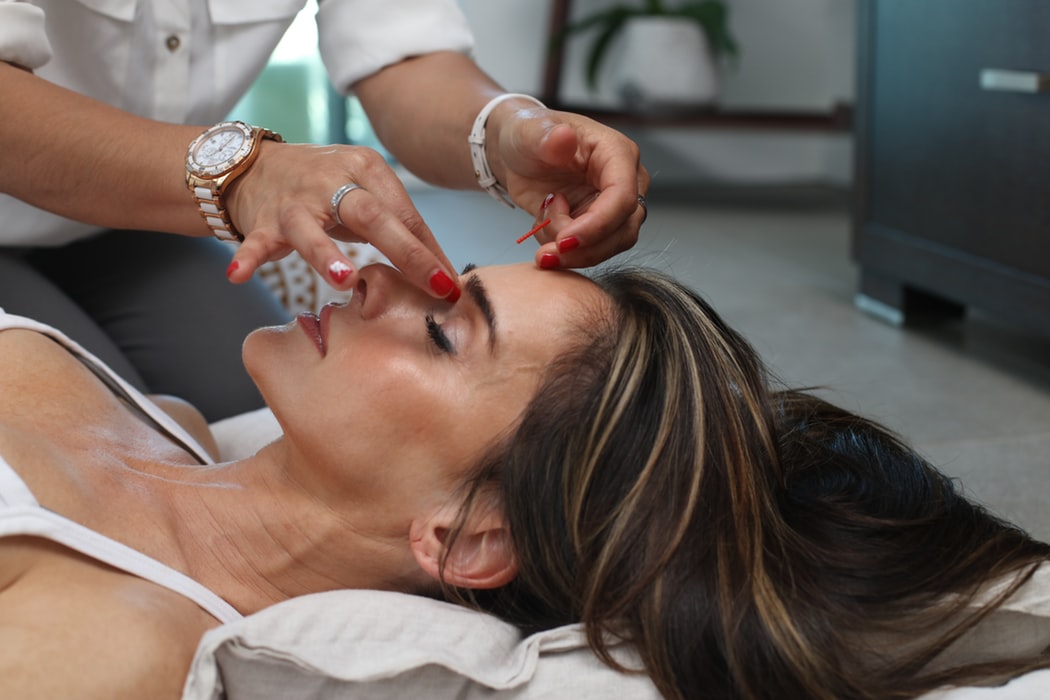
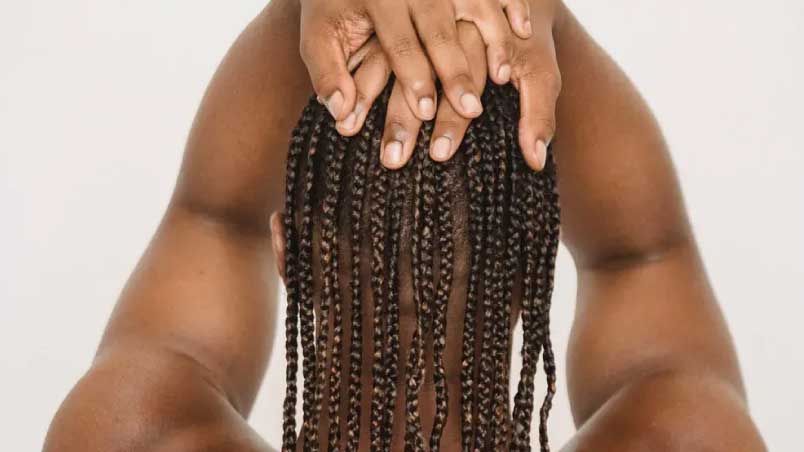
Leave a comment
All comments are moderated before being published.
This site is protected by reCAPTCHA and the Google Privacy Policy and Terms of Service apply.